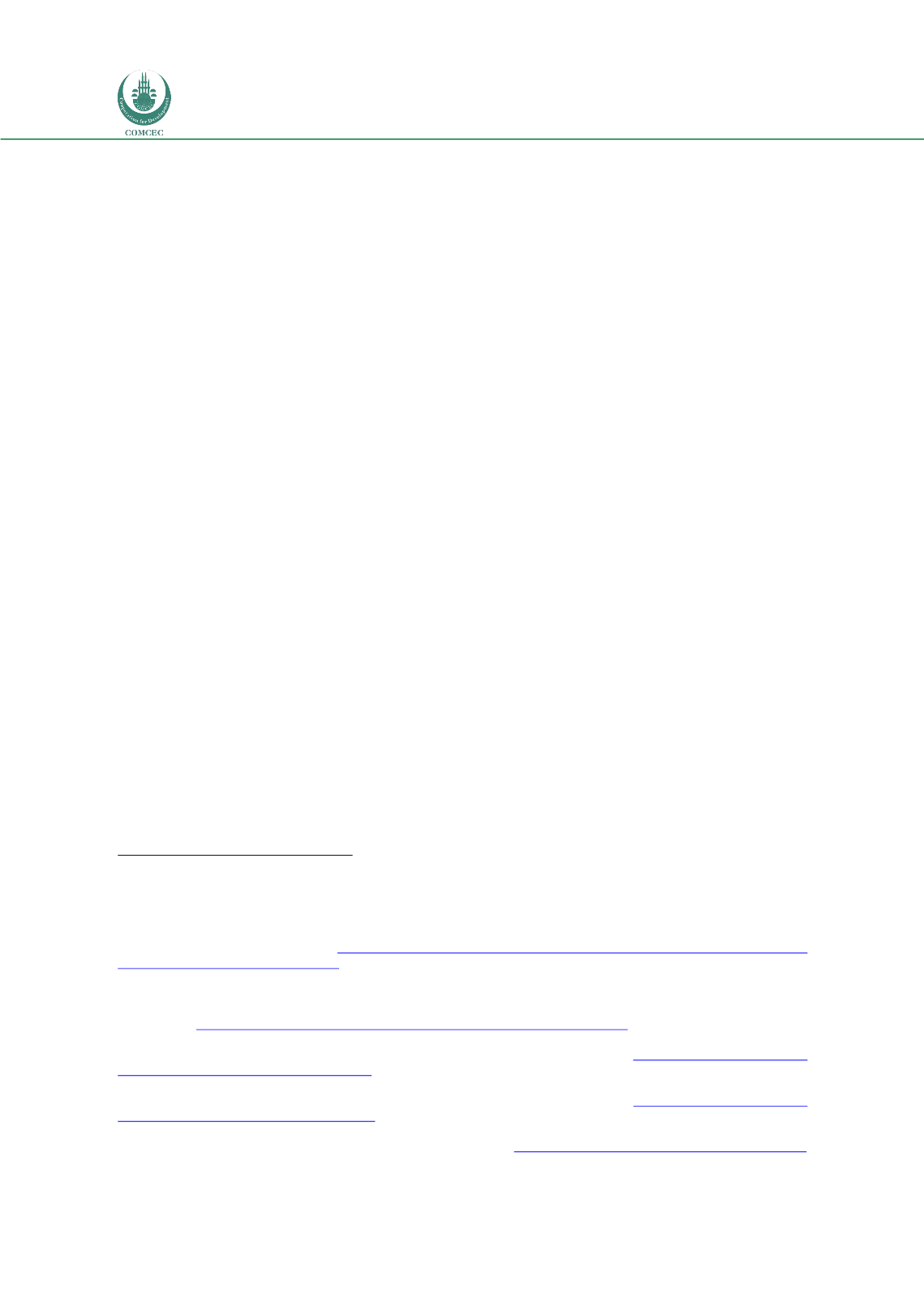

Forced Migration in the OIC Member Countries:
Policy Framework Adopted by Host Countries
154
Article 8 on the right to family life
131
have been used to prevent the return of forced migrants
to countries where they are judged to be at risk of “inhuman or degrading treatment” (Article
3) or where return would separate family members (Article 8). Applicants for asylum in
Sweden may appeal to the ECtHR on the basis of a violation of the ECHR once all appeal
possibilities at the national level are exhausted. This additional level of appeal—and the
opportunity for individuals to bring challenges directly—is unusual among similar regional or
multilateral human rights instruments. Member governments, particularly those in the
European Union, have broadly conformed to the court’s judgements, and as a result, the court
has had a powerful role in shaping implementation of asylum law within ECHR members.
132
The EU directives and regulations that comprise the Common European Asylum System
(CEAS) provide another set of standards with which Swedish protection policies must comply.
The CEAS consists of a core set of directives that set out the legal basis upon which refugee
and other forms of protection are granted (2011 Qualification Directive),
133
basic standards
around asylum procedures (2013 Asylum Procedures Directive),
134
and the support and
benefits afforded to asylum applicants while their claims are processed (2013 Reception
Conditions Directive).
135
These directives lay out minimum standards which must then be
transposed into national law. In most cases, national governments have some room to
implement different, usually higher, standards if they choose. The Qualification Directive
provides for two types of protection: (1) refugee status granted on the basis of the definition
in the 1951 Convention, and (2) subsidiary protection for individuals who fear "serious harm"
defined as "(a) the death penalty or execution; or (b) torture or inhuman or degrading
treatment or punishment... or (c) serious and individual threat to a civilian's life or person by
reason of indiscriminate violence in situations of international or internal armed conflict."
136
The Court of Justice of the European Union (CJEU) offers legal recourse to those who feel their
rights under EU law have been violated, and serves as an EU court of last resort once all
national appeals options have been exhausted. Again, the extra, supranational level of appeal
is unique in regional protection instruments.
Protection in Sweden in law and in practice
The basic standards for providing refugee protection in Sweden are set out within the 2005
Aliens Act.
137
As per EU law, the Aliens Act provides for two primary forms of protection: (1)
131
Article 8(1) stipulates that “Everyone has the right to respect for his private and family life, his home and his
correspondence.” The right to family unity under the ECHR has been called upon to prevent the enforcement of return
decisions or EU transfer decisions for asylum applicants and protection beneficiaries that would result in the separation of
family members. See European Court of Human Rights, “European Convention on Human Rights.”
132
Henri Labayle and Philippe de Bruycker,
The Influence of ECJ and ECtHR Case Law on Asylum and Immigration
(Brussels:
European
Parliament,
2012),
http://www.europarl.europa.eu/RegData/etudes/etudes/join/2012/462438/IPOL- LIBE_ET(2012)462438(SUM01)_EN.pdf .133
European Parliament and the Council of the European Union, “Directive 2011/95/EU on standards for the qualification
of third-country nationals or stateless persons as beneficiaries of international protection, for a uniform status for refugees
or for persons eligible for subsidiary protection, and for the content of the protection granted,” December 13, 2011, EUR-
LEX, L 337/9
, http://eur-lex.europa.eu/legal-content/EN/TXT/?uri=celex%3A32011L0095134
European Parliament and the Council of the European Union, “Directive 2013/32/EU on common procedures for
granting and withdrawing international protection,” June 26, 2013, EUR-LEX, L180/60,
http://eur-lex.europa.eu/legal- content/en/ALL/?uri=celex%3A32013L0032135
European Parliament and the Council of the European Union, “Directive 2013/33/EU laying down standards for the
reception of applicants for international protection,” June 26, 2013, EUR-LEX, L180/96,
http://eur-lex.europa.eu/legal- content/EN/TXT/?uri=celex%3A32013L0033136
European Parliament and the Council of the European Union, “Directive 2011/95/EU”
137
Aliens Act
, Swedish Law 2005:716,
Rättsnätet
(September 29, 2015
) http://www.notisum.se/rnp/sls/lag/20050716.htm















